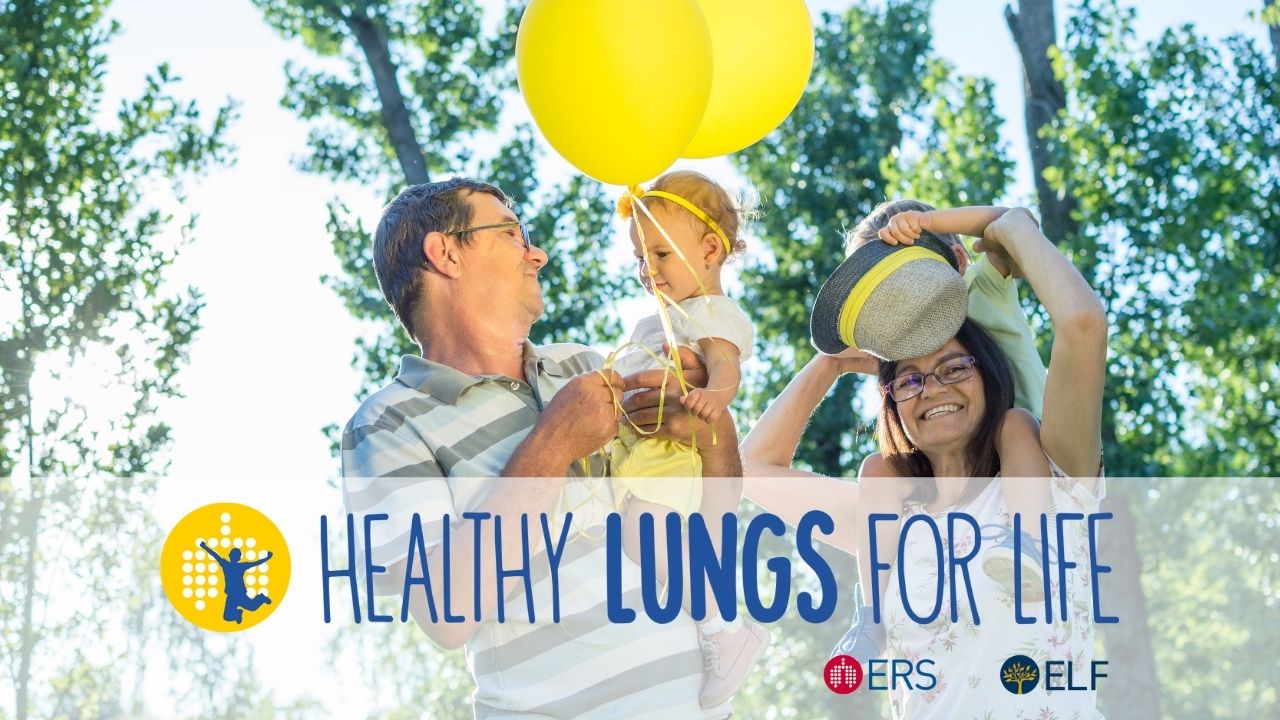Passive smoking
Passive smoking, also known as second-hand smoke or environmental tobacco smoke, is when a person breathes in toxic fumes that have remained in the air or surrounding objects after a cigarette has been smoked. It also refers to exposure of unborn babies to their mother’s smoke.
Content Table
What is passive smoke?
There are three types of passive smoke;
- Mainstream smoke: breathed in and breathed out by a smoker
- Side-stream smoke: floating off the end of a lit cigarette
- Third-hand smoke: smoke that has been absorbed into clothing or furniture
How does passive smoke affect us?
Passive smoke is classed as cancer-causing by the World Health Organization and there are no safe levels of exposure. Passive smoking can cause premature death, disease and disability in adults and children.
In adults, passive smoking is known to cause lung cancer, chronic obstructive pulmonary disease (COPD), coughing, wheezing and other illnesses such as heart disease and stroke. Even short-term exposures can raise the risk of heart attacks. It can also cause flare-ups of symptoms for people living with long-term lung conditions. It can also cause complications for pregnancies including increasing the risk of premature birth and developmental problems for the baby.
In children, passive smoking can increase the severity of asthma symptoms and lead to new asthma cases. It can also cause coughing and wheezing and other illnesses such as middle-ear problems. It can also reduce how well the lungs work, which is particularly dangerous for children as their lungs are still developing.
There are over 4,000 chemicals generated during the burning and smoking of tobacco products. Of these, over 250 chemicals are known to be toxic or cancer-causing. These chemicals can also irritate the lungs and airways, leading to swelling (inflammation).
Who is most at risk from passive smoke?
The effects of passive smoke can affect everyone but some people are more at risk. This includes:
- Children and young people
- Pregnant women
- People with long-term lung conditions
Top tips for healthy lungs
You can protect yourself and others by:
- Making your home and car smoke-free
- Asking visitors to your home not to smoke
- Choosing smoke-free venues
- Supporting local smoke-free laws
If you are a smoker, quitting smoking improves the quality and length of your life. Immediately after your last cigarette, your body will feel the benefits.
Stop smoking and:
- Choose healthy lungs
- Choose more energy
- Choose to cough less
- Choose to feel young
- Choose better fertility
- Choose a longer life
Ask your doctor, pharmacist, clinical psychologist, or nurse for help or contact a telephone or internet helpline.





